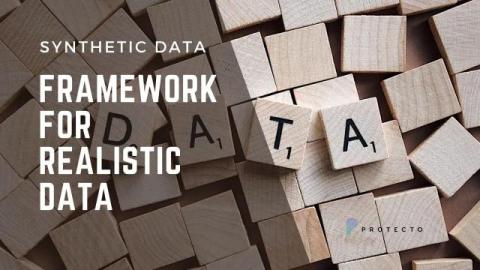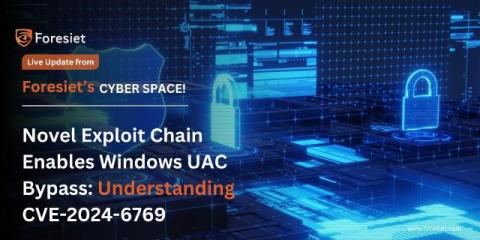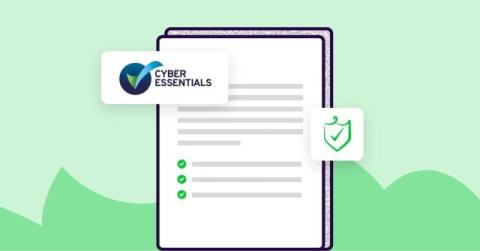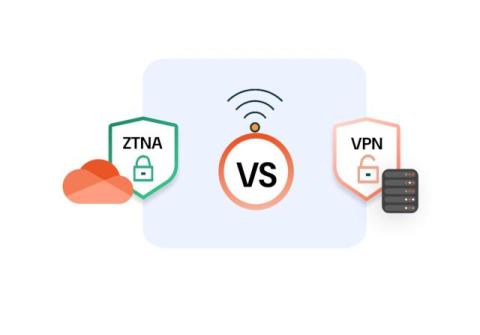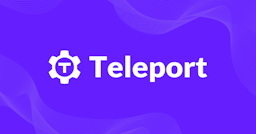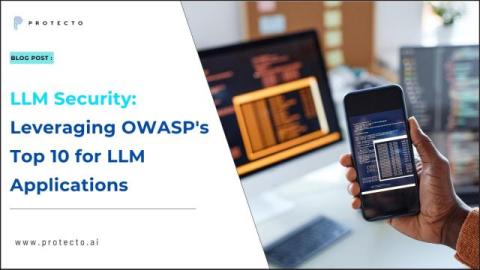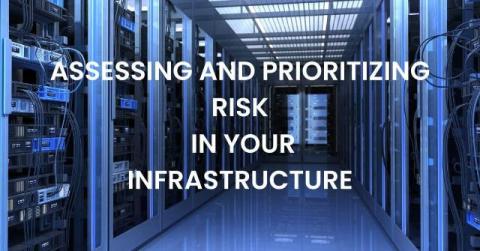Cyberattacks in the education sector up 258% last academic year
Cybercriminals are targeting educational institutions, attracted by the vast amount of sensitive data they handle: student and employee personal information, research, and intellectual property. With tight technology budgets and often weak defenses, many of these organizations are easy prey for increasingly complex cyberattacks, putting their reputation and operations at risk.



